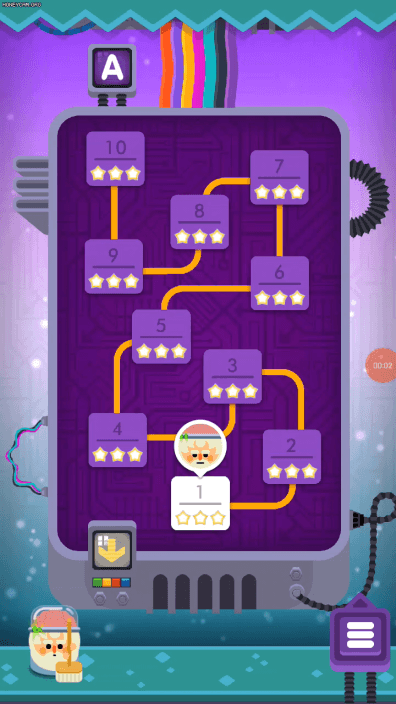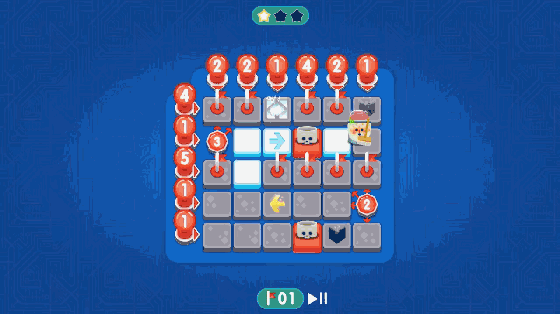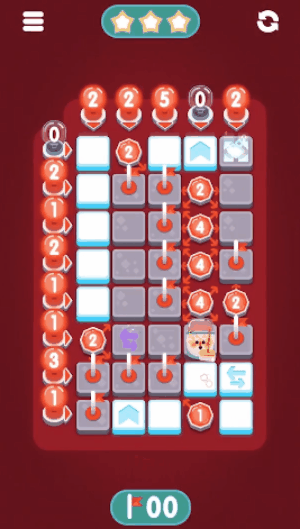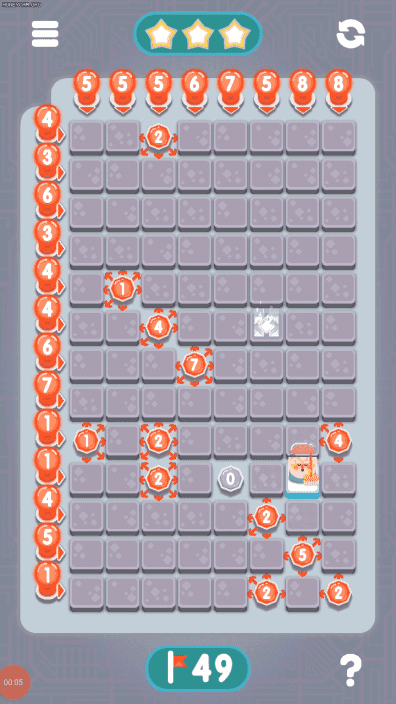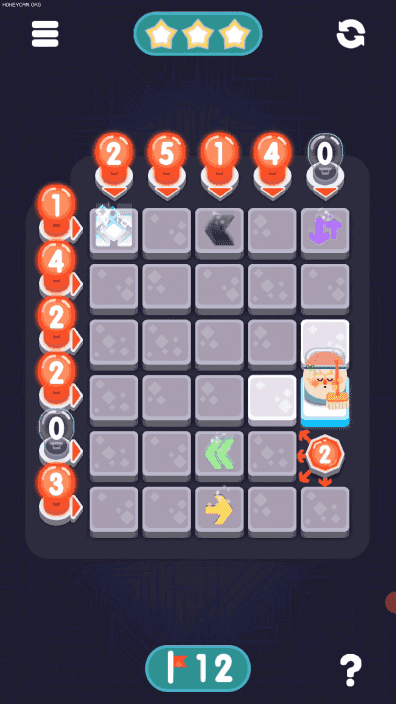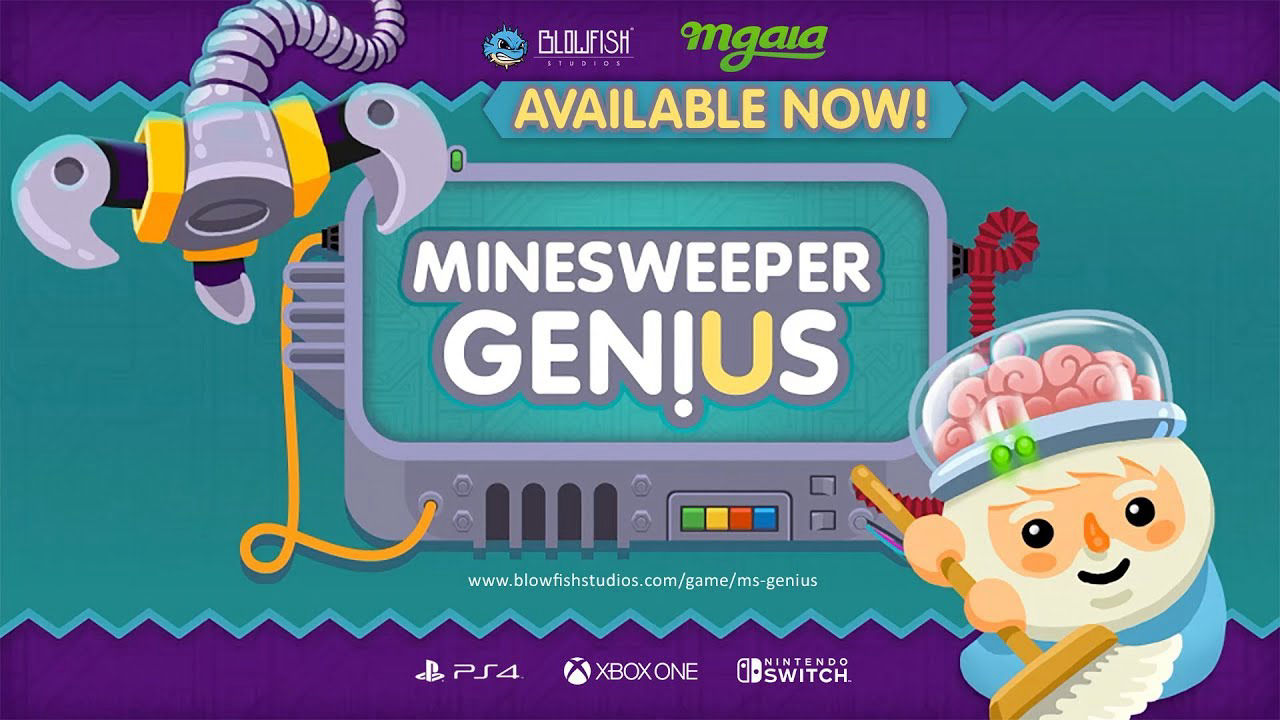the inherent nature of the other special blocks displayed here shows that the blocks always does two things. shows that doesn't have a red block on it, making easier to read the row and column where it is found. and that you will move to it. what the special block do is when the player arrives on any of them, they rearrange the grid, and then the information changes together with the grid. but as the grid rearrangement doesn't change the quantity of red blocks distributed, it also does not change the pace of the player or the ratio of red blocks and safe blocks.
other forms to make the challenge re-appear in the end would be to find elements are that not necessarily hitting the information decoding aspect, but the other marginal game dynamics. like how fast the player can read, or some shell game variation.
but we know that people are very bad at keeping information that will be used briefly and just for a short time. in addition to that, if you require the player to share the same "processing brain space", like paying attention to: how to time the character's move with another in game element, it is much more likely for the player to fail than to actually find pleasure in performing both actions. this example is just to say, how this dynamic could work for memory exercise, but not necessarily adding to the fun of the game.
if we get back to our initial point: the wrecking ball effect, through an improvement of our existing elements, this would still not fix the problem. more elements as the special blocks like teleport blocks or mixing the available blocks, would require a fine tuning of the level generator algorithm and would change the fact that as you get closer to the end, the path becomes more clear. we would have to design extra systems that would make the game more complex. mechanics as timing moving, flipping grids, destroying bulbs.
